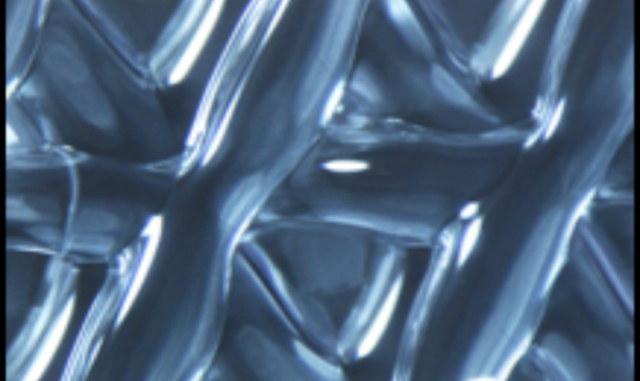Northwestern Prints Working Ovaries

Latest News
October 24, 2016
You’ve probably heard about 3D printing being used for medical implants and prosthetics – the technology is perfect for creating custom-fit and custom-built devices for those applications. Scientists at Northwestern University are taking this a step further by creating 3D printed prosthetic ovaries that can potentially restore fertility in women.
The researchers have already successful implanted the printed ovaries in mice, and have plans to repeat the experiment with pigs.
The goal: restore fertility in women who have lost their ovaries to diseases like cancer.
“Our motivation for creating an engineered ovary starts with the need to restore hormone function and the option of fertility in young girls or women who have insufficient ovarian function,” said Monica Laronda, Assistant Professor and Director of Basic and Translational Research for the Fertility and Hormone Preservation and Restoration Program at the Stanley Manne Research Institute at Ann & Robert H Lurie Children’s Hospital and the Feinberg School of Medicine at Northwestern University. “Girls who have not undergone puberty are not able to stimulate and preserve eggs prior to treatment like some adult women may choose to do. There is also a chance that some girls do not undergo normal puberty due to the effects of their treatment on their ovaries.”
In some cases, fertility could be restored by transplanting ovarian tissue slices, but these transplants can cause a recurrence of cancer.
The researchers 3D printed a scaffold out of gelatin for the prosthetic ovary. Using tissue from the donor animal, they created ovarian follicle units that contain a potential egg and hormone-producing cells that were placed inside the scaffold.
In the experiment, the bioprosthesis were transplanted into a mouse whose ovaries had been removed. The mouse was able to ovulate eggs that were fertilized and resulted in healthy offspring.
This type of bioprosthesis points the way toward the printing of other types of replacement organs.
“This work is the first demonstration of a 3D printed artificial environment that has led to the functional recovery of an organ structure,” said Ramille Shah, assistant professor in Materials Science & Engineering. “There are many more exciting things to come as we develop new biomaterials and strategies using 3D printing to further refine the ovary bioprosthesis, as well as other structures for different tissue and organ targets.”
Source: Big Ten Network
Subscribe to our FREE magazine, FREE email newsletters or both!
Latest News
About the Author
Brian Albright is the editorial director of Digital Engineering. Contact him at [email protected].
Follow DE





